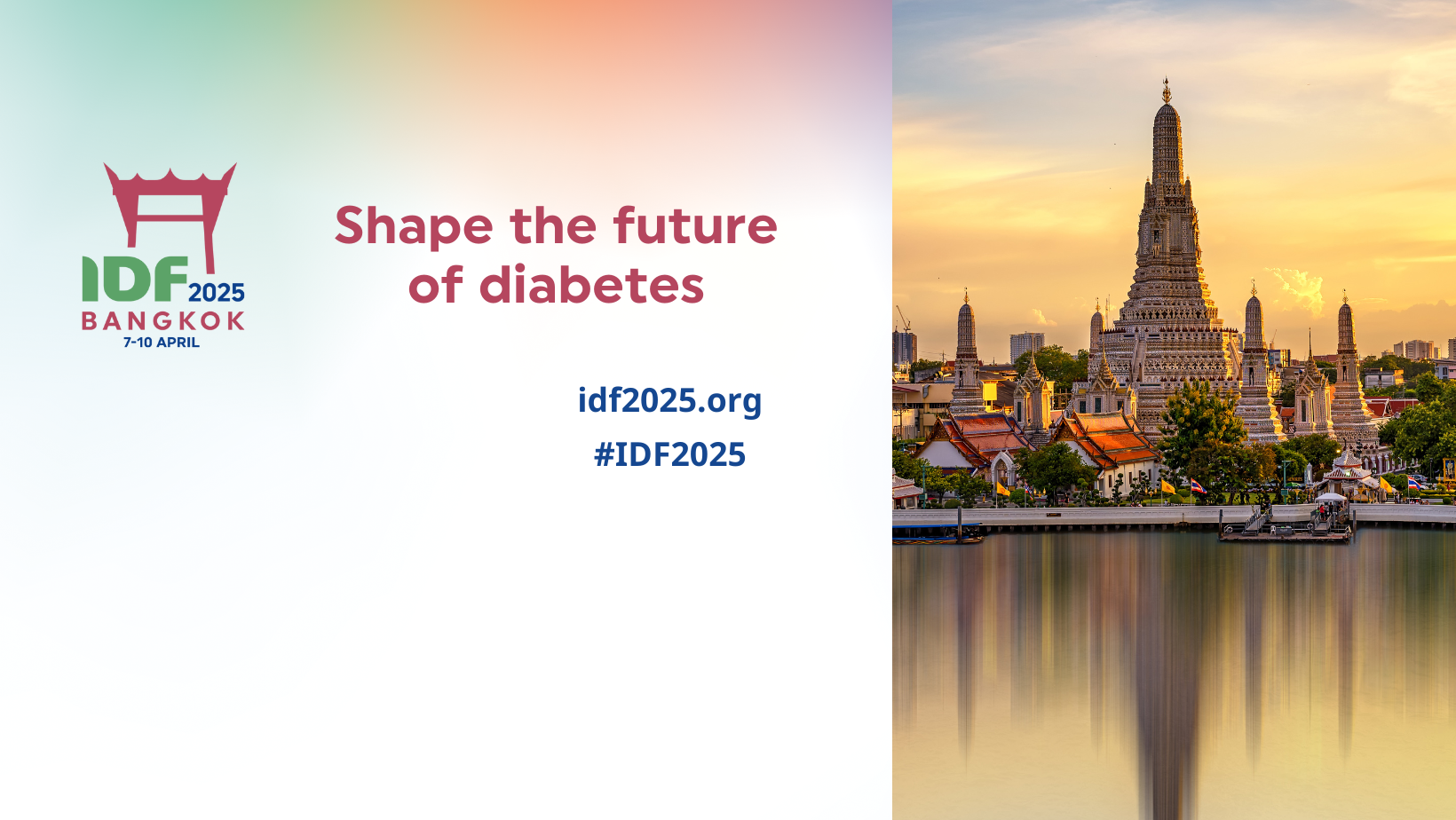
The continuous glucose monitoring (CGM) in T2DM has shown tremendous improvement from 2003 to 2024, and this progress continues in 2025. Mader J, presented a session at IDF World Diabetes Congress 2025 from 7th-10th April 2025 in Bangkok. There are 2 types of CGM i.e. Unblinded CGM and Blinded CGM. Unblinded CGM which provides automated alarms and alerts at specific glucose levels and/or changing glucose levels and display glucose values when swiped by a reader/smartphone while blinded CGM do not display glucose to user in real time. CGM showed significant reduction in HbA1c as compared to BGM (1.1% vs. 0.6%) at 8 months. CGM group showed greater TIR than BGM and significantly reduced clinically important hypoglycemia than BGM in those treated with insulin or sulphonylureas. (JAMA 2021). Intermittently scanned continuous glucose monitoring (isCGM) exhibited 43% reduction in hypoglycemia and 28% reduction in no. of hypoglycemia events than SMBG (Haak T 2017).
Real-time continuous glucose monitoring (rtCGM) was used in in Adolescents and Young Adults with T2DM showed that patients who completed the satisfaction survey (n = 7), 100% had a positive experience with CGM, found it easy to use, found it useful, and desired to continue to use CGM in the future. 85% were extremely likely to recommend rtCGM to friends. According to ADA Standards of Care 2025 recommended rtCGM or isCGM for diabetes management to youth and adults with diabetes on any stage of insulin therapy. The choice of CGM device should be made based on the individual’s circumstances, preferences and needs. rtCGM and isCGM is recommended in adults with T2DM treated with glucose lowering medications other than insulin to achieve and maintain individualized glycemic goals. The choice of device should be made based on the individual’s circumstances.
Moreover EASD 2022 stated that CGM is emphasized as a key tool in the ongoing support and monitoring of individuals with T2DM, particularly for tracking glycemic trends and aiding in personalized treatment adjustments. It is part of the broader strategy to improve emotional well-being, support lifestyle and behaviour changes, and optimize therapy effectiveness through biofeedback.
Joint view of CGM with smart pen data enables healthcare professionals and individuals with diabetes to identify and analyse the effects of dosing behaviour such as late or mistimed bolus insulin doses on glucose control.
Conclusion:

